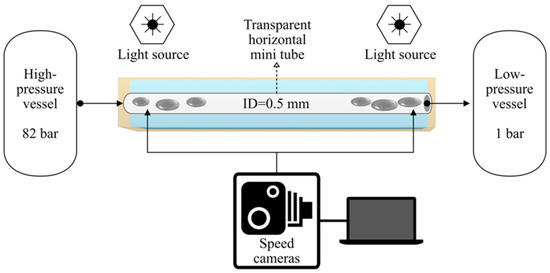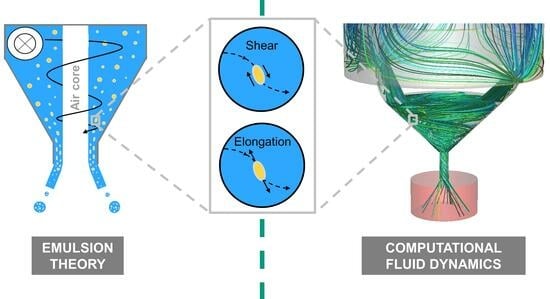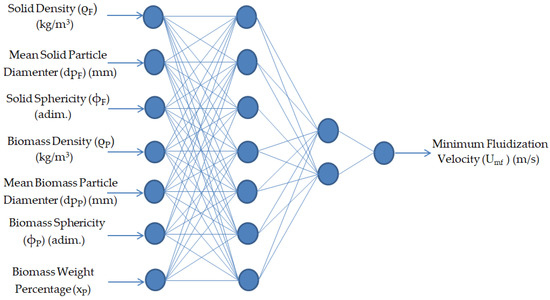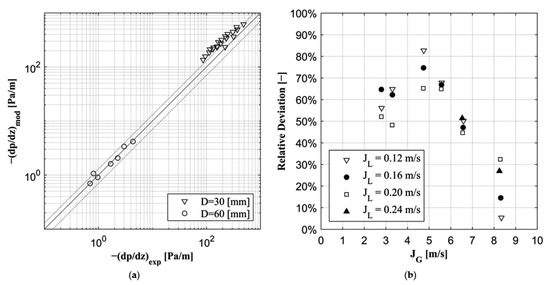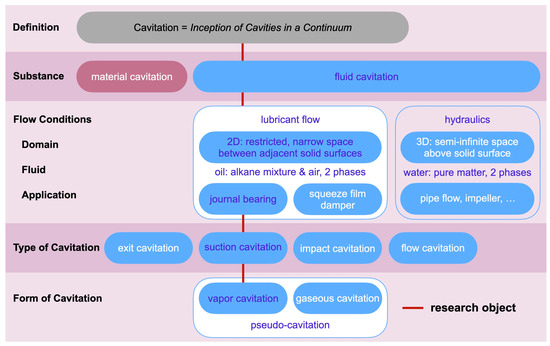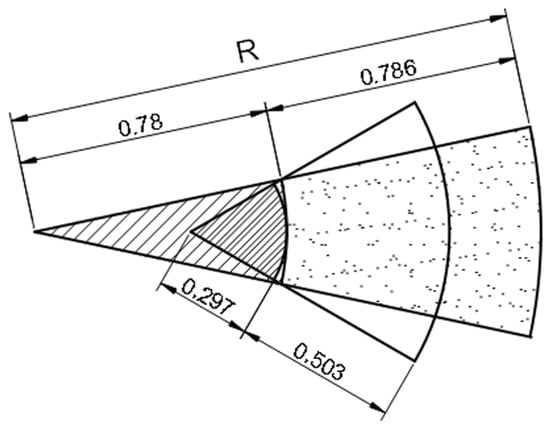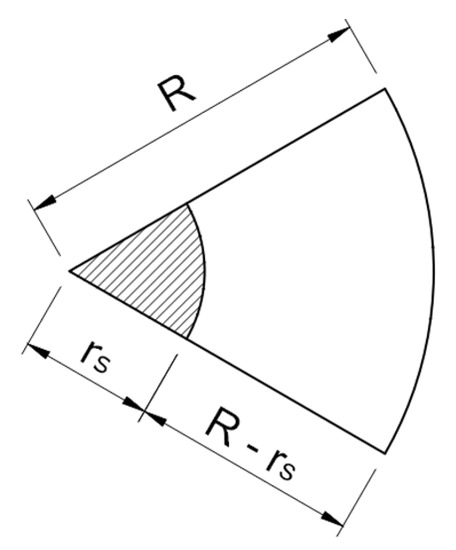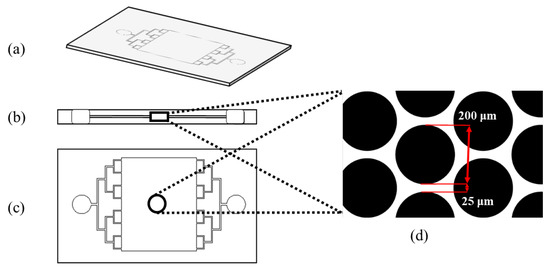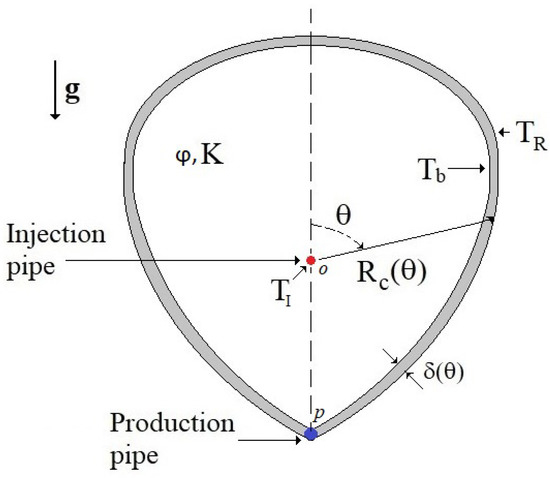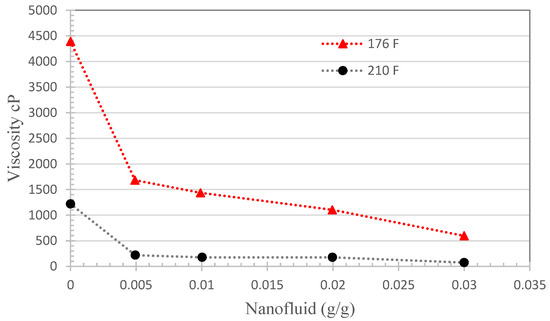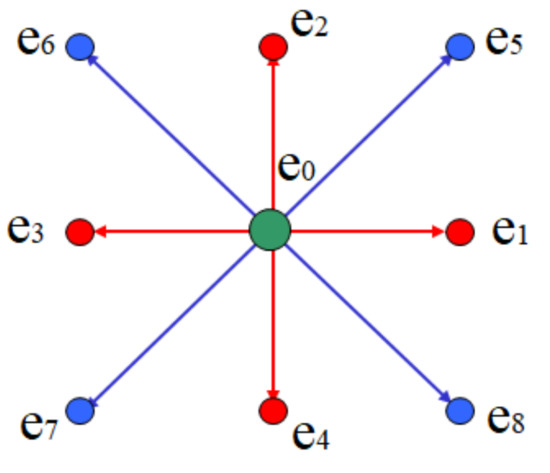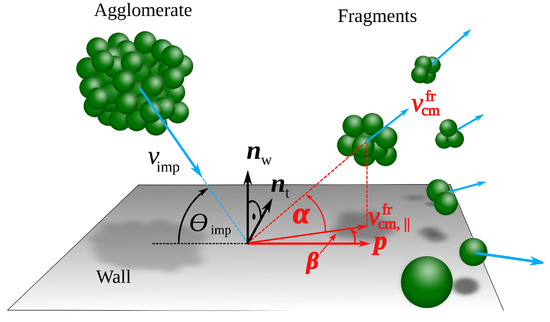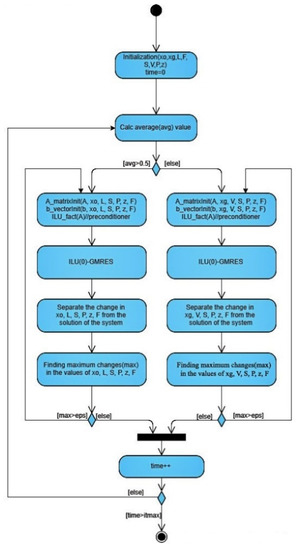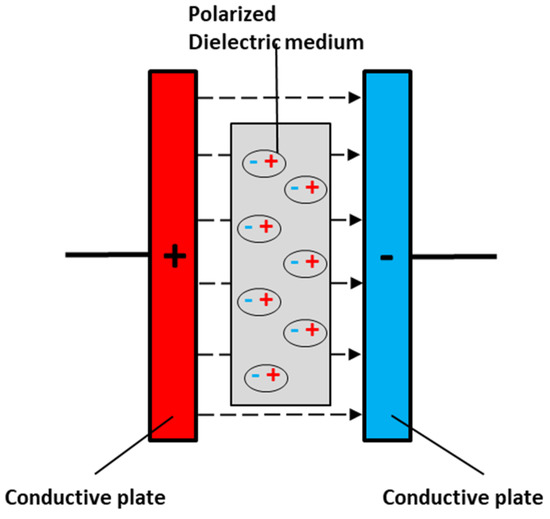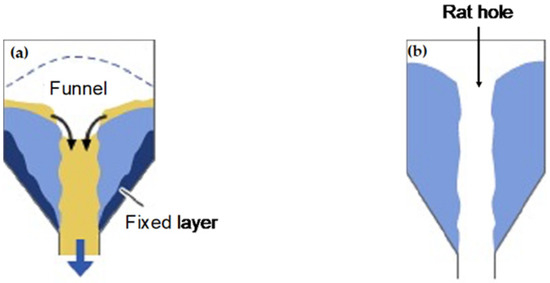Advances in Flow of Multiphase Fluids and Granular Materials
A topical collection in Fluids (ISSN 2311-5521). This collection belongs to the section "Flow of Multi-Phase Fluids and Granular Materials".
Viewed by 82860Editors
Interests: computational fluid dynamics (CFD); turbulence; multiphase flows; aerosols transport and deposition; respiratory flows; heat and mass transfer
Special Issues, Collections and Topics in MDPI journals
Interests: computational fluid dynamics (CFD); heat and mass transfer; turbulence; thermal energy storage; multiphase flows; aerosols transport and deposition phase change materials; photovoltaic/thermal systems
Special Issues, Collections and Topics in MDPI journals
Topical Collection Information
Dear Colleagues,
This Topical Collection is concerned with the theoretical, computational, and experimental studies of granular and multiphase flows. We invite contributions on all aspects of multiphase flows, including but not limited to the following topics:
- Modeling and simulations of granular and multiphase flows (gas–solid, gas–liquid, liquid–solid, liquid–liquid);
- Experimental studies of granular and multiphase flows;
- Applications of multiphase flows in the environmental, biomedical, and geophysical science and engineering;
- Novel industrial applications of multiphase flows;
- The use of machine learning in multiphase flows.
Best regards,
Prof. Dr. Goodarz Ahmadi
Dr. Pouyan Talebizadeh Sardari
Collection Editors
Manuscript Submission Information
Manuscripts should be submitted online at www.mdpi.com by registering and logging in to this website. Once you are registered, click here to go to the submission form. Manuscripts can be submitted until the deadline. All submissions that pass pre-check are peer-reviewed. Accepted papers will be published continuously in the journal (as soon as accepted) and will be listed together on the collection website. Research articles, review articles as well as short communications are invited. For planned papers, a title and short abstract (about 100 words) can be sent to the Editorial Office for announcement on this website.
Submitted manuscripts should not have been published previously, nor be under consideration for publication elsewhere (except conference proceedings papers). All manuscripts are thoroughly refereed through a single-blind peer-review process. A guide for authors and other relevant information for submission of manuscripts is available on the Instructions for Authors page. Fluids is an international peer-reviewed open access monthly journal published by MDPI.
Please visit the Instructions for Authors page before submitting a manuscript. The Article Processing Charge (APC) for publication in this open access journal is 1800 CHF (Swiss Francs). Submitted papers should be well formatted and use good English. Authors may use MDPI's English editing service prior to publication or during author revisions.









